UNESCO World Heritage sites are designated for their outstanding cultural or natural significance, possessing universal value to humanity and warranting protection for future generations. To earn this distinction, a site must exhibit exceptional historical, cultural, and often architectural merit. Here's a curated selection of ten iconic UNESCO heritage sites, each enduring, extraordinary, and utterly captivating.
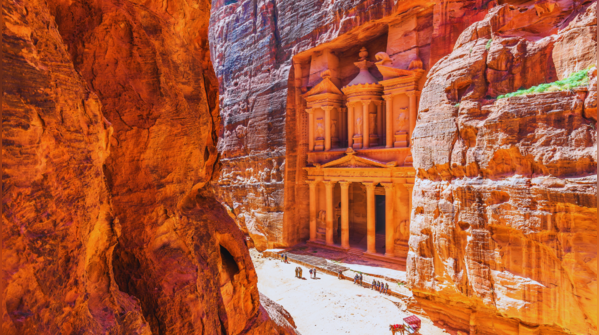
Stepping into Petra is like entering a stage set carved from sandstone. This ancient Nabataean city, sculpted directly into pink cliffs, dramatically reveals itself at the end of a narrow gorge. Regardless of how many images you've seen, experiencing it in person is breathtaking.
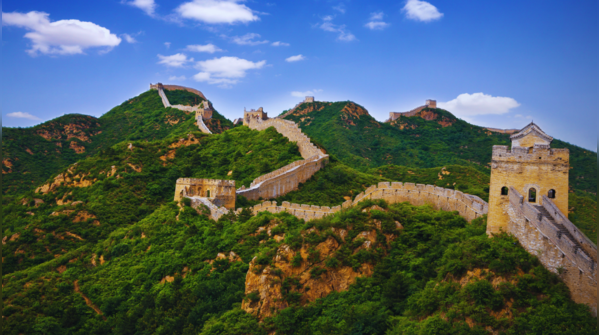
The Great Wall snakes across mountains like a giant's sketch on a scroll. More than just its length, it embodies centuries of defense, determination, and dynastic ambition. Standing atop it evokes a sense of invincibility, despite its construction without modern technology.
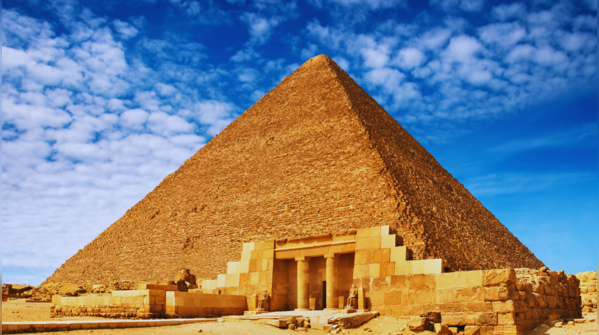
Older than logic, sharper than modern rooftops, and still mathematically perplexing, the Pyramids have captivated humans for 4,500 years and will continue to do so, unfazed by modern technology or desert heat.

Perched high among the peaks, Machu Picchu is both an Incan masterpiece and an enigma in stone. Whether it was a sacred sanctuary or an ancient escape, the views alone are enough to take your breath away, even before the altitude does.
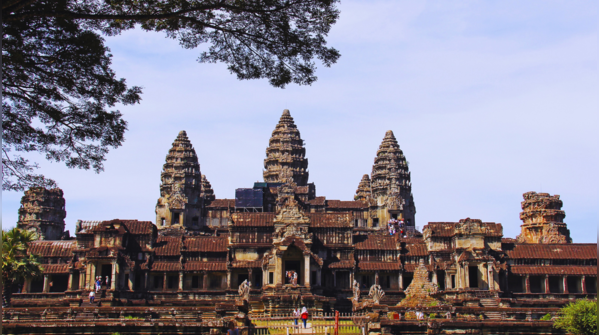
At sunrise, it glows; by midday, it dazzles; as dusk falls, it transforms into a silhouette. Angkor Wat is not just a temple; it’s a living light show. The world’s largest religious monument handles its fame with quiet, sandstone serenity.
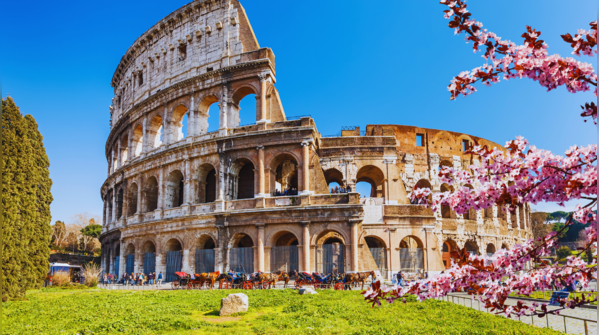
You’ve seen arenas, but the Colosseum is the oldest of them all. Once hosting gladiators, wild beasts, and emperors of questionable morals, today it entertains with history and awe, minus the lions.
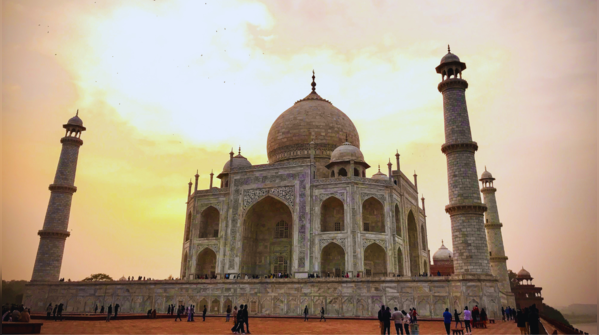
The Taj Mahal stands as an iconic symbol of love and Mughal architecture. Built by Emperor Shah Jahan in memory of his wife Mumtaz Mahal, this white marble mausoleum showcases intricate inlay work and symmetrical gardens, remaining one of the most admired and visited monuments globally.

Easter Island is renowned for its enigmatic moai statues – massive stone figures carved by the island’s early inhabitants. Scattered across the volcanic landscape, these statues reflect a rich Polynesian culture and spiritual tradition, making the island a symbol of human creativity and mystery.
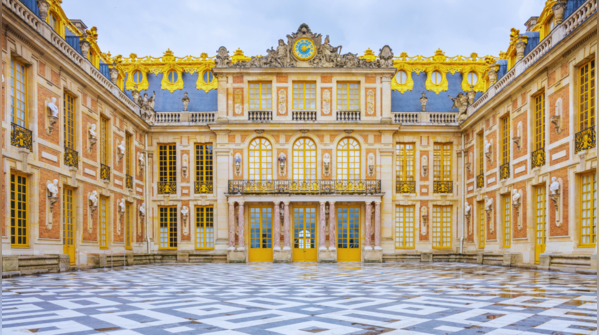
The Palace of Versailles, a UNESCO World Heritage Site, embodies absolute monarchy and French grandeur. Once the royal residence of Louis XIV, it boasts opulent halls, ornate gardens, and the famous Hall of Mirrors. Located just outside Paris, it remains a masterpiece of 17th-century art and architecture.
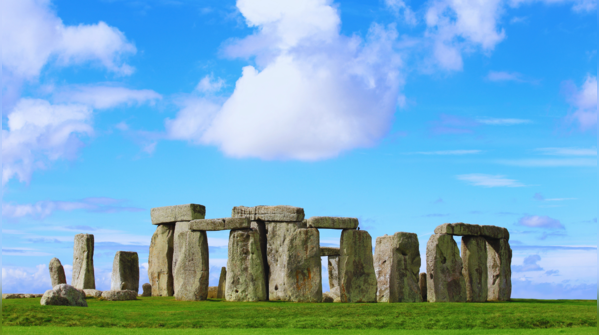
Stonehenge, a UNESCO World Heritage Site in southern England, is one of the world’s most iconic prehistoric monuments. Dating back over 4,500 years, this mysterious stone circle continues to intrigue historians and archaeologists. Its exact purpose remains debated, but it’s believed to have served ceremonial or astronomical functions.
Newer articles
Older articles
 5 Overlooked Warning Signs of Colon Cancer: Early Detection Saves Lives
5 Overlooked Warning Signs of Colon Cancer: Early Detection Saves Lives
 Shukla's ISS Arrival Heralds New Era for Indian Space Exploration; Gaganyaan Mission Looms
Shukla's ISS Arrival Heralds New Era for Indian Space Exploration; Gaganyaan Mission Looms
 Vijay Sethupathi Apologizes Amid Controversy Over Son Surya's Film 'Phoenix'; Thalapathy Vijay's Support Revealed
Vijay Sethupathi Apologizes Amid Controversy Over Son Surya's Film 'Phoenix'; Thalapathy Vijay's Support Revealed
 Android Security Alert: Government Warns of Critical Flaws Exposing User Data
Android Security Alert: Government Warns of Critical Flaws Exposing User Data
 Skin Deep: 7 Warning Signs on Your Skin That Could Signal Heart Trouble
Skin Deep: 7 Warning Signs on Your Skin That Could Signal Heart Trouble
 Ashada Gupt Navratri 2025: Dates, Significance, and How to Observe This Hidden Festival
Ashada Gupt Navratri 2025: Dates, Significance, and How to Observe This Hidden Festival
 Smith Eyes Grenada Test Return After Injury Layoff
Smith Eyes Grenada Test Return After Injury Layoff
 Staying Hydrated May Significantly Lower Risk of Heart Failure, New Study Suggests
Staying Hydrated May Significantly Lower Risk of Heart Failure, New Study Suggests
 Moto G54 Price Slashed in India: Check Out the New, Lowered Costs
Moto G54 Price Slashed in India: Check Out the New, Lowered Costs
 Gambhir Sidelines Pant's Twin Tons After India's Test Loss, Emphasizes Team Performance
Gambhir Sidelines Pant's Twin Tons After India's Test Loss, Emphasizes Team Performance